Did you know that sports influenced the design of grenades?
- By Travis Pike
Share This Article
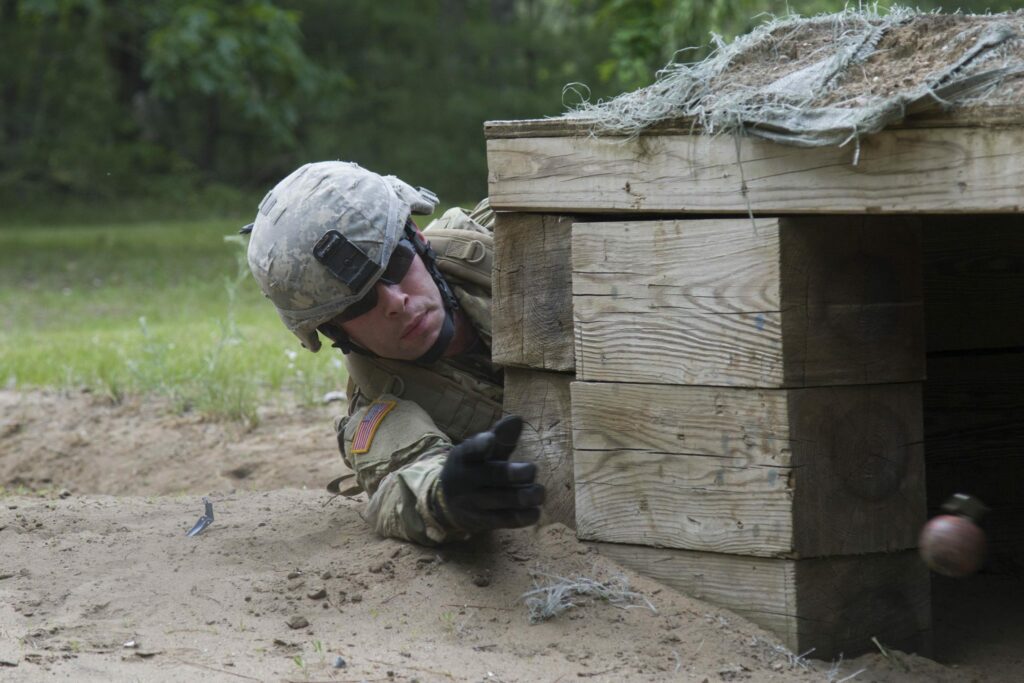
For the average infantryman, grenades can be a force multiplier in close-quarters combat. The running joke in my team was the best method to clear a room is to toss a frag in it.
Handheld, throwable explosives go back to the Byzantine (Eastern Roman) Empire. As grenades and explosives evolved, the militaries began changing and improving them to increase their thrown accuracy. In the early days of modern grenades, grenade designers looked at what the fighting men would be familiar with. In most countries, that meant taking a look at sports and hobbies popular with men and designing grenades around those sports.
The British No. 15 ball grenade

In World War I, grenades became an invaluable tool in trench warfare. They allowed troops to charge trenches and deal serious damage. Like machine guns, everyone had grenades and they were constantly improved. The British No. 15 ball grenade is the first grenade I can reference as having been influenced from sports.
The British No. 15 Ball grenade is often referred to as the cricket ball grenade. Some claim it’s because the grenade is the same size and weight as a cricket ball. But this isn’t accurate. The No. 15 weighed 1.72 pounds and was three-inches in diameter. A cricket ball is three inches in diameter and weighs 5.75 ounces at most.
Its name likely comes from the fact that the British trained their troops to throw a grenade like a cricket ball, this meant that they lobbed them and didn’t throw them at a target directly. The No. 15 was both hand-thrown and catapult-launched and had a five- or nine-second fuse, respectively.
Related: 5 of the biggest things movies get wrong about grenades
The American BEANO T-13
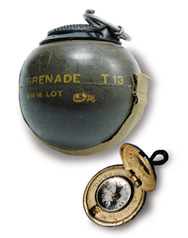
BEANO is a pretty solid medicine for both relieving gas and blowing stuff up. The BEANO is a nickname applied to the T-13, which was created by the Army Ordnance Department, the Eastman Kodak Corporation, and the Office of Strategic Services (OSS).
In another instance of sports influencing grenades, the OSS designed the T-13 to have the same shape and weight as a baseball. The idea was that draftees would already know how to throw a baseball and most trooops could throw them decently enough.
This logic wasn’t terrible. The Band of Brothers book refers to a man named Buck Compton who was a pitcher for UCLA before the war. He once threw a grenade as a baseball and pegged a Nazi in the head before it exploded.
Testing for the T-13 began late in WWII in 1944 at Aberdeen Proving Ground. The grenades had an explode-on-impact fuse, and they tended to be sensitive. During testing, they had five premature detonations, which resulted in two deaths and 44 injuries. The Army ordered 10,000 grenades, but only 2,742 were used, with a 10% failure rate. Production was suspended in March, 1945.
Related: Letters to Loretta: Life in German POW camp Stalag 17B
The Australian Russell Boomerang grenade
Last and, well, least is the Russell Boomernage grenade. Not surprisingly, the grenade came out of Australia, and even less surprisingly it was never adopted. Construction of the device began during WWI and testing was conducted in 1915.
I know what you’re thinking, no one wants a grenade that circles back around to them. Well, yeah, but the boomerang grenade didn’t do that.
The device was weighed in such a way that it wouldn’t return to the sender when thrown. Unlike typical round explosives, the boomerang was thought to be easier to throw farther.
However, during testing, the BOOMerang was found to be erratic and unpredictable. The range might have been increased, but the accuracy certainly wasn’t. An inaccurate grenade isn’t just a waste of explosives but also a danger on the battlefield.
Related: This is the story of the Australian Emu War of man vs beast
Bombs away!
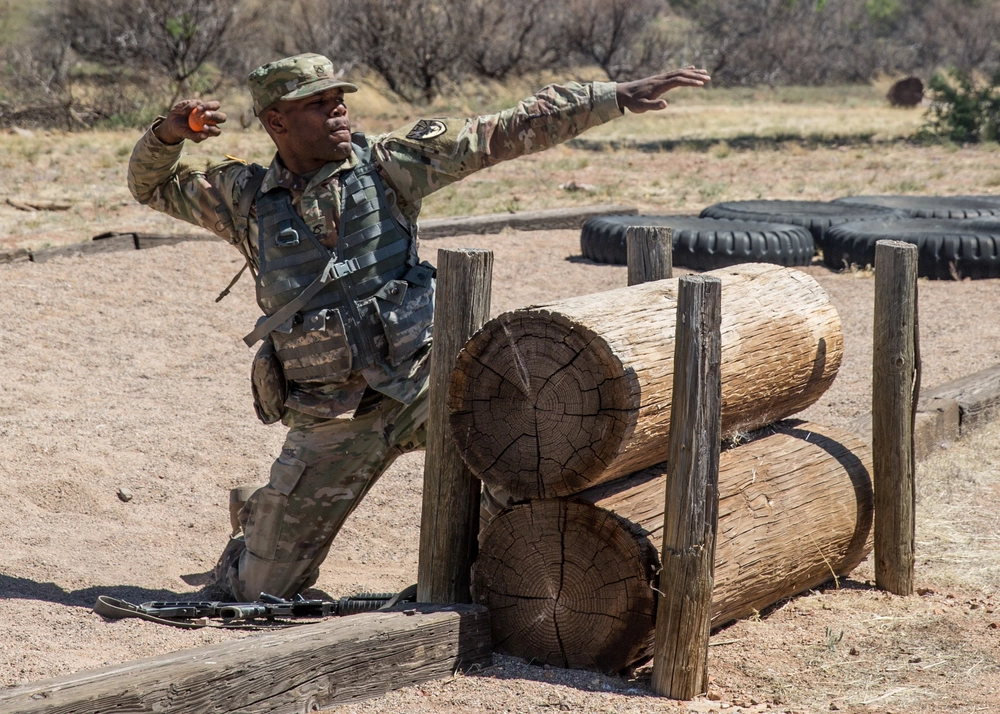
One of my favorite things to do as an infantryman was to throw grenades. Who doesn’t want to throw a baseball that explodes? It’s a ton of fun, and if you have thrown one, you know it’s an experience you don’t forget.
Designing these tools to look like sports equipment is certainly not the modern trend. It turns out it’s much better to train a soldier on how to throw a grenade rather than hoping he knows how to throw a baseball. Still, the interplay between sports and grenades is an interesting piece of history, even though their relationship wasn’t always effective.
Feature Image: A U.S. soldier practices his grenade-throwing skills. (DVIDS)
Read more from Sandboxx News
Related Posts
Sandboxx News Merch
-

‘AirPower’ Golf Rope Hat
$31.00 Select options This product has multiple variants. The options may be chosen on the product page -

‘Kinetic Diplomacy’ Bumper Sticker (White)
$8.00 Add to cart -

‘Kinetic Diplomacy’ Bumper Sticker (Black)
$8.00 Add to cart

Travis Pike
Travis Pike is a former Marine Machine gunner who served with 2nd Bn 2nd Marines for 5 years. He deployed in 2009 to Afghanistan and again in 2011 with the 22nd MEU(SOC) during a record-setting 11 months at sea. He’s trained with the Romanian Army, the Spanish Marines, the Emirate Marines, and the Afghan National Army. He serves as an NRA certified pistol instructor and teaches concealed carry classes.
Related to: Gear & Tech

What does a Marine veteran think of Netflix’s ‘Rebel Ridge’?
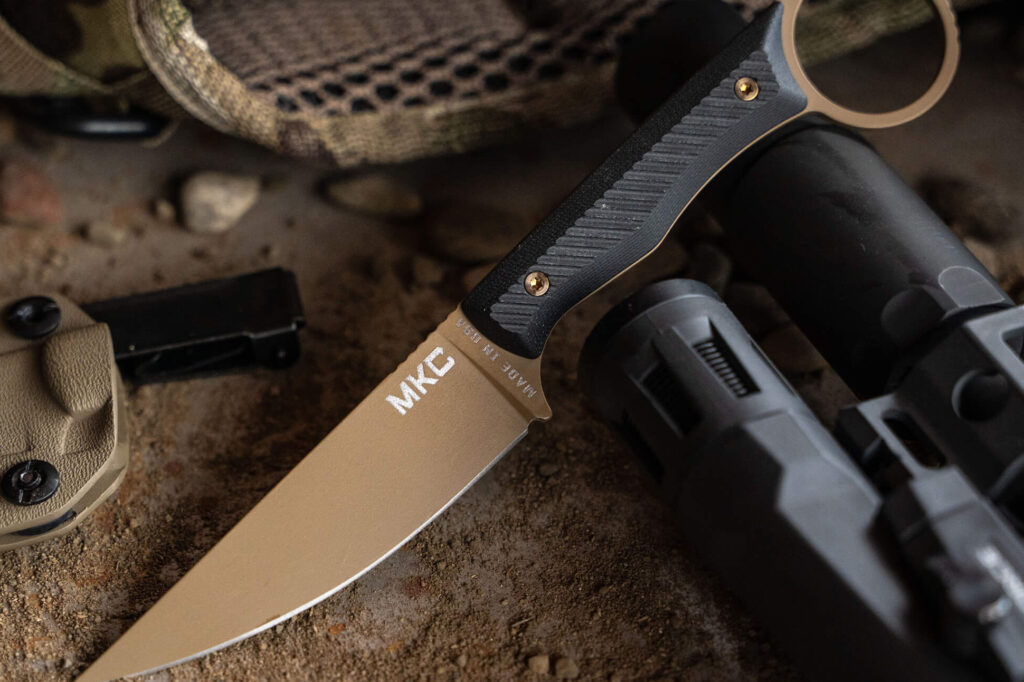
Montana Knife Company enters the tactical knife realm
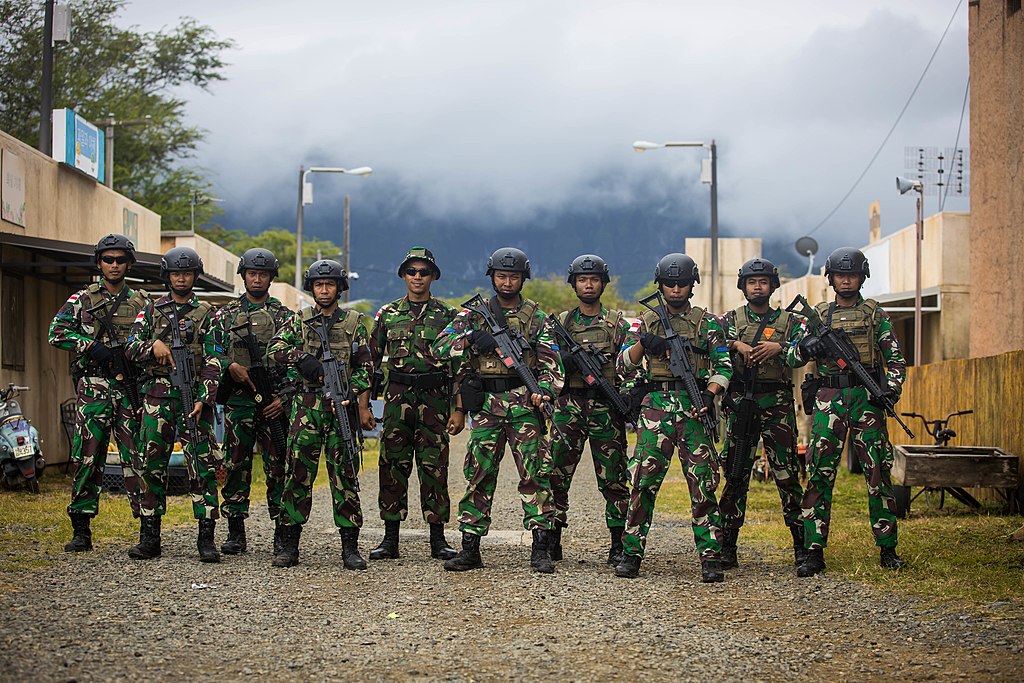
Indonesia’s Pindad SS2 – Service rifles from around the world

Semper Fi: The Marine Corps is turning 249 years old. Let’s talk about its birthday celebrations
Sandboxx News
-

‘Sandboxx News’ Trucker Cap
$27.00 Select options This product has multiple variants. The options may be chosen on the product page -

‘AirPower’ Classic Hoodie
$46.00 – $48.00 Select options This product has multiple variants. The options may be chosen on the product page -

‘AirPower’ Golf Rope Hat
$31.00 Select options This product has multiple variants. The options may be chosen on the product page -

‘Sandboxx News’ Dad Hat
$27.00 Select options This product has multiple variants. The options may be chosen on the product page
